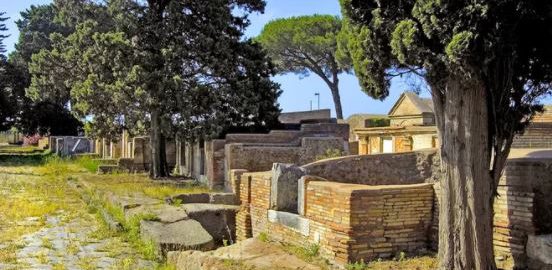Forensic techniques used to unravel modern crime mysteries helped American anthropologists discover the differences in the appearance of the inhabitants of Roman Italy in the third century CE.
The study used a method known as geometric morphometry. In this way, attempts were made to identify the similarities and differences in the skulls discovered in three Italian cemeteries from the 1st-3rd century CE. Thanks to three-dimensional measurements, it was possible to determine the differences between residents from different regions.
The study selected a grave located on Isola Sacra, a small island in the central part of Italy (southwest of Rome). In this place, mainly members of the middle social strata were buried. The second cemetery is Castel Malnome – located on the outskirts of Rome – which was the burial place for the lowest social strata; especially manual workers in the salt mines (present in the region). The choice was not accidental, because the cemetery could contain the remains of not only the “workforce”, but also veterans or slaves, who could come from different parts of the Empire. This gave different possible variations. The third place is Velia, located on the southwest coast of Italy. There, scientists expected to discover traces of the ancient Greeks who colonized this region after the 8th century BC. – before Rome began its expansion.
The aim of the study was to see if the Roman population was different from most of southern Italy. Were the people living in the south of the Apennine Peninsula more “Greek” than the people living in the north? As it turned out, the answer is yes, as scientists have found differences. According to them, for the average observer, they would be imperceptible, but after a deeper analysis and compilation of regional relationships in the population, distinctions can be seen.
Although the Romans assimilated the Greek population in the southern part of Italy around the 3rd century BCE, the local population still in the 3rd century CE showed characteristic differences compared to the inhabitants of the northern part of present-day Italy. Romanization did not contribute to changing the “genetic relations” of the conquered nation, which willingly associated with “their own” and kept its own identity.
The next step in the research will be to collect “Greek samples” from this period and compare them with remains from the southern part of Italy. The problem is that so far no such materials have been identified.








